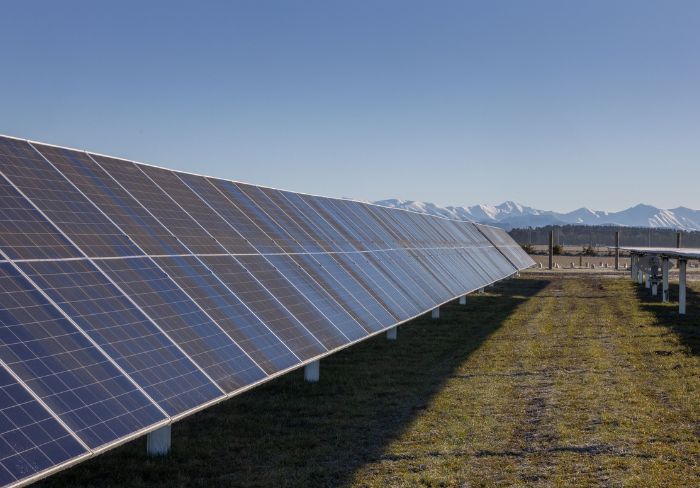The solar farm Lauriston is gearing up to increase the power output in the district but provided another unexpected increase earlier this year.
The $104 million joint venture between Genesis Energy and Future Renewable Vision Australia, has been under construction since April.
Genesis Energy asset development general manager Craig Brown said the project remains on track for the first power generation by December.
“It will be progressively brought online to full generation over the following months.”
With any construction comes waste and the solar farm produced an estimated 200 tonnes, mainly green waste, that was delivered to the Ashburton Resource Recovery Park.
It was noted at the recent Ashburton District Council activity briefing meeting that there had been a 43% increase in waste received at the Ashburton Resource Recovery Park in September.
Operations and projects manager Hernando Marilla said it was partly due to the volume of waste received from the solar farm project.
The recovery park had received more than 100 tonnes from the solar farm in August and another 117 tonnes in September he said.
“They have been bringing in green waste and some, two tonnes, of general waste.”
Infrastructure and open spaces group manager Neil McCann said that if Enviro NZ, the council’s contractors running the recovery park, see any materials that are worth diverting from general waste they do so when it’s possible.
Brown said Beon Construction had been appointed to deliver the project and has experience managing large-scale solar developments in Australia to NZ, “including robust waste management procedures”.
“Given the scale of the project and the large amount of equipment delivered to the site, construction waste is to be expected and is a normal part of solar construction.
“We are confident waste produced from the project is being managed to best practice standards, including segregating waste and recycling wherever possible.”
And after all, they are constructing what will be New Zealand’s largest solar farm.
The 63 MW solar farm will have around 89,000 solar panels across the 93 acres of land leased from third-generation Lauriston farmer Bernard Daley.
Daley runs a dryland cropping and dairy support farm and will run sheep below the solar panels once construction is complete.
Once operational the site will generate enough renewable energy to power 13,000 houses.
Its claim of being the country’s largest solar farm will be short-lived, with a larger farm set to be built near Taupō.
Nova Energy’s Te Rāhui will convert a 1022ha dairy farm – around 35km out of Taupō – into a solar farm with approximately 900,000 ground-mounted solar panels producing enough electricity to power 100,000 homes.
By Jonathan Leask






